Groteska z Tesca exhibition
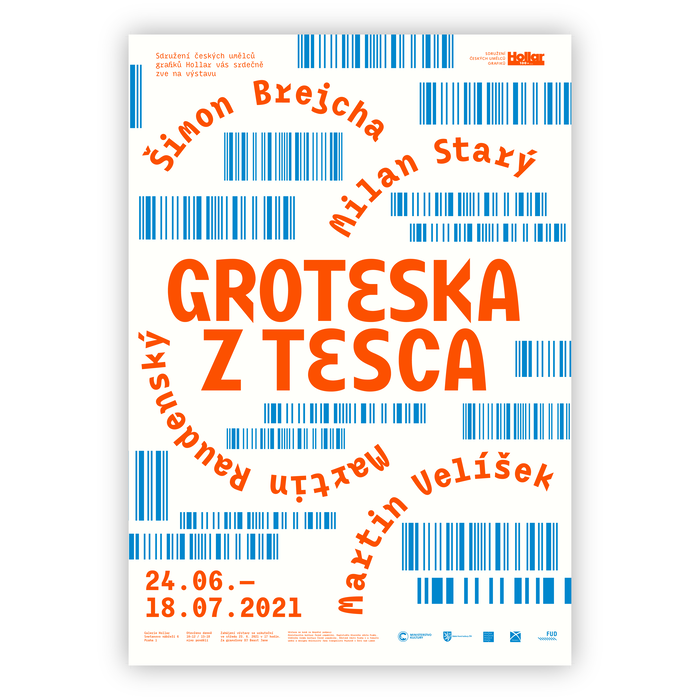
Source: hollar.cz Galerie Hollar. License: All Rights Reserved.

BC Mikser in use for the visual style of Groteska z Tesca, an exhibition held at Galerie Hollar, Prague, in summer 2021. It showed works by graphic artists Šimon Brejcha, Martin Raudenský, Milan Starý, and Martin Velíšek.
From Martin Velíšek’s description (translated from the Czech):
Groteska. Treska. Suchá freska. Ještě dneska. Půjdu do Tesca. A vy? [“Grotesque. Codfish. Dry fresco. Even today. I will go to Tesco. And you?”] If a work of art surpasses a certain intuitively perceived boundary of representing reality and moves towards its peculiar subjective deformation, we label it as grotesque. In Italian, “grotesco” means strange. It does not conform to norms. It distorts. Thereby, it actually forms. Shapes. And combines. It freely and incongruously combines different elements – objects, actions, forms… It combines them in such a way that the result ceases to make traditional sense. Instead, it creates a new meaning on a different level. From the perspective of the old meaning, the new meaning is nonsense. But for the viewer, it could be a feast for the mind (note: the eye is merely a receptor). It is good not to take it too seriously. And it is good not to take it completely indifferently.
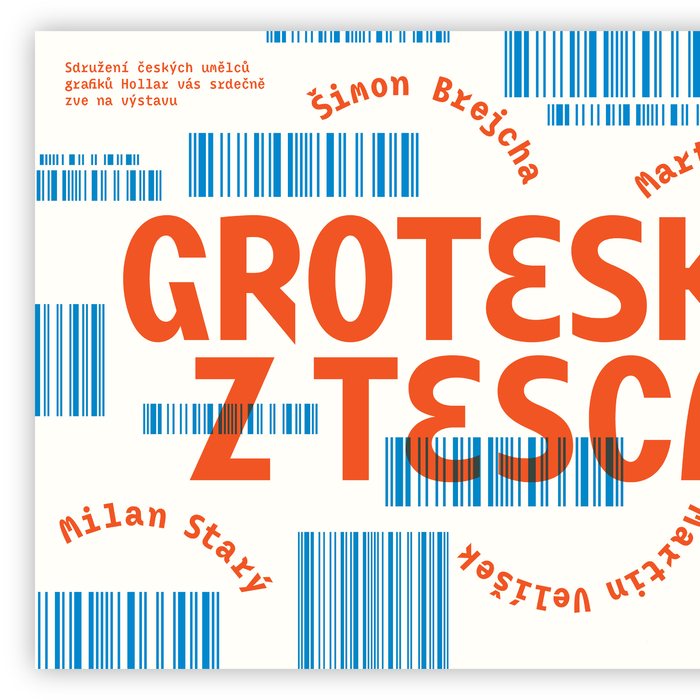
Source: hollar.cz Galerie Hollar. License: All Rights Reserved.
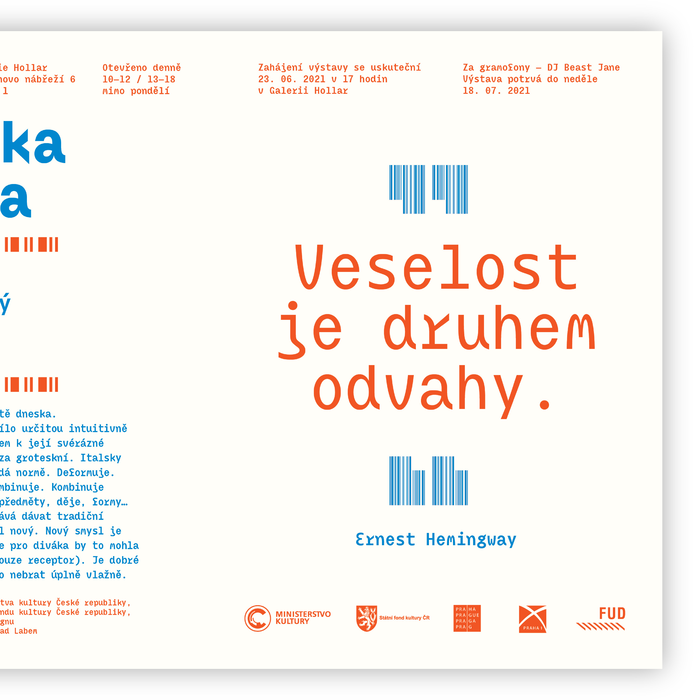
Source: hollar.cz Galerie Hollar. License: All Rights Reserved.
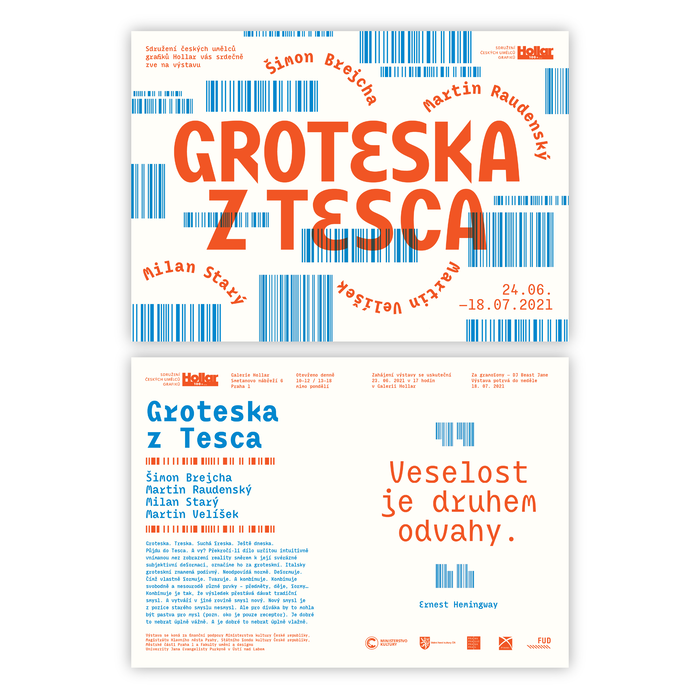
Source: hollar.cz Galerie Hollar. License: All Rights Reserved.
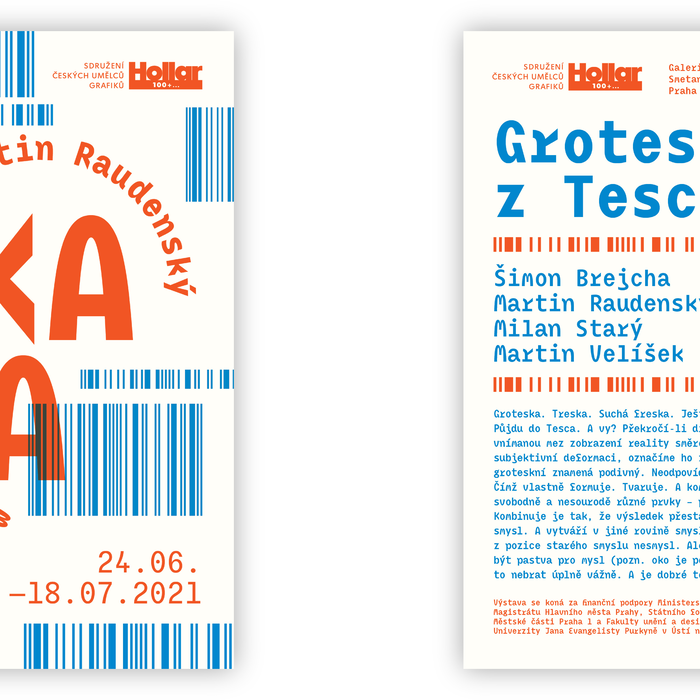
Source: hollar.cz Galerie Hollar. License: All Rights Reserved.
This post was originally published at Fonts In Use